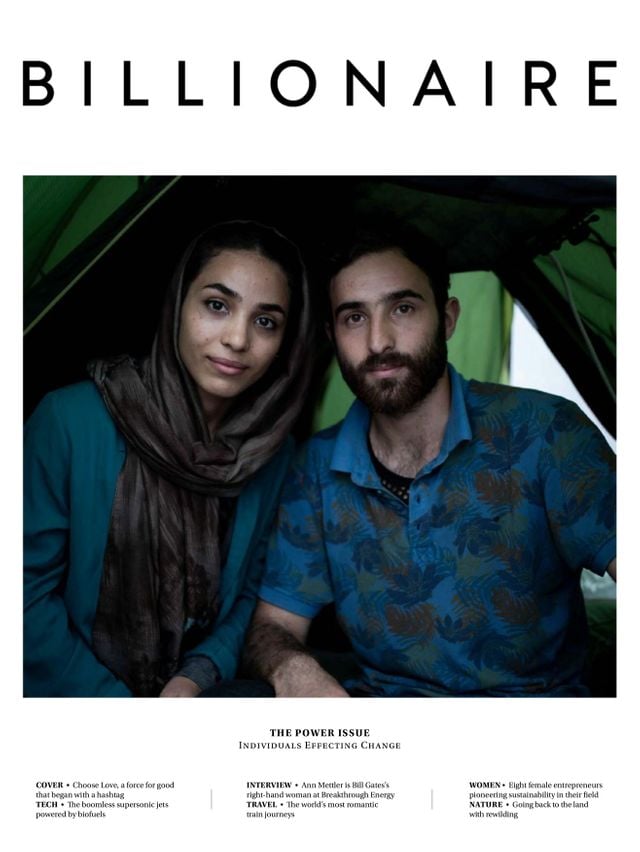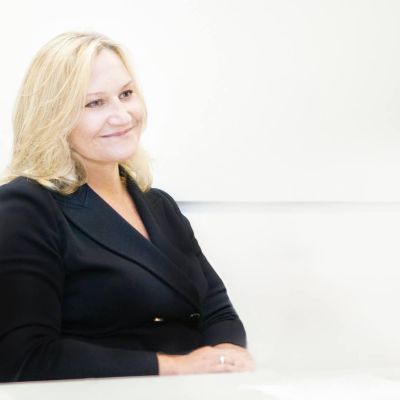Sustainable Supersonic
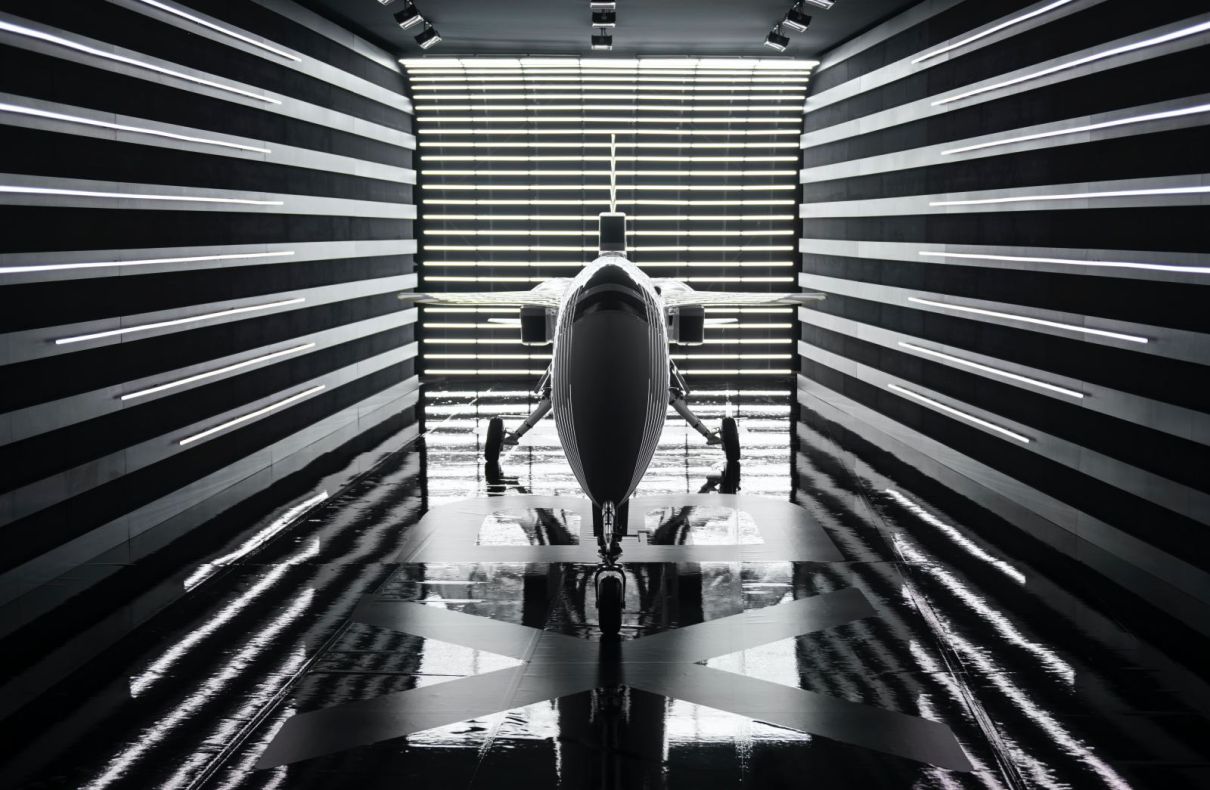
The future of supersonic travel on sustainable fuels, is closer than you think.
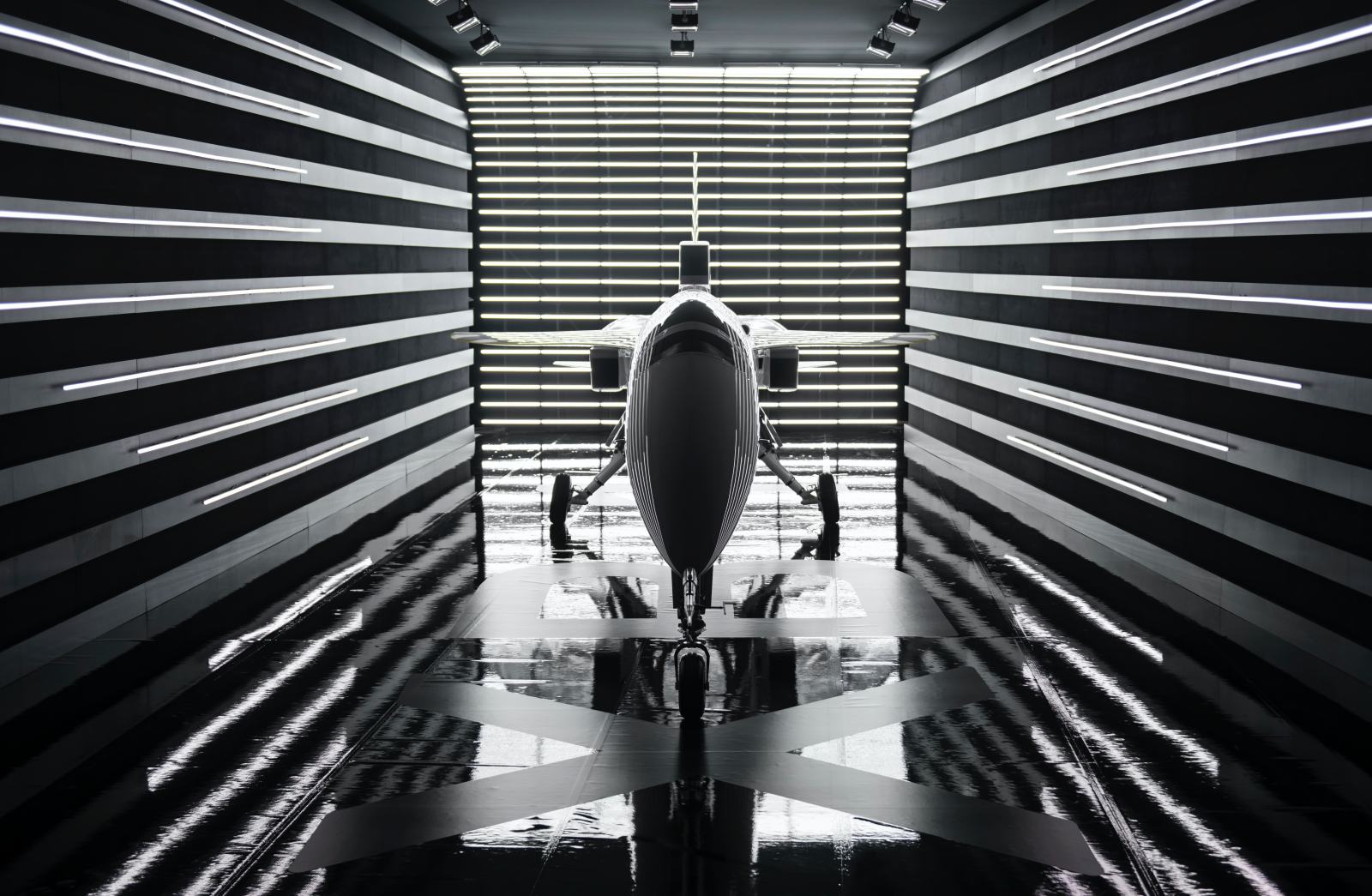
For many, supersonic travel is still synonymous with Concorde, the iconic passenger jet that could fly at twice the speed of sound. But Concorde was mothballed in 2003 and, while other technological industries have moved on in leaps and bounds, it still takes twice as long to fly than 18 years ago.
“Mobile phones and computers have advanced, but aircraft haven’t,” says Vik Kachoria, CEO of Boston-based Spike Aerospace, which is set to produce supersonic business jets, priced at a cool US$125 million, by the end of 2023. “It is an incredibly difficult space. You have to fly people safely, and you can’t make the sonic boom that Concorde made. You can fly fast, and military jets do it, but they are burning a lot of fuel and that is not going to work either,” he said in a Bloomberg interview.
Indeed, aviation accounts for some 3.5 percent of global warming, according to Our World in Data, a thinktank. Speed and sustainability have long been mutually exclusive.
But perhaps not for much longer. A handful of companies are now racing to produce the first supersonic jet powered by sustainable aviation fuels (SAFs), which could help achieve the industry climate targets set by the Paris Agreement, whilst flying New York to London in two hours. SAF-derived sources such as algae, jatropha, or waste by-products have been shown to reduce the carbon footprint of aviation fuel by up to 80 percent over their full lifecycle.
Blake Scholl is at the helm of Denver-based Boom Supersonic, a company pioneering this space. “This is my dream job. Either we fail or we change the world,” as he puts it. Scholl, an aircraft enthusiast by passion rather than by training, an ex-bigwig at Amazon and a man who’s raised US$160 million in private equity, is set on creating the first commercial supersonic aircraft flying 100 percent sustainable fuels.
“Our vision is to make the world more accessible. It’s fundamental that we take great care of it, too,” adds Scholl.
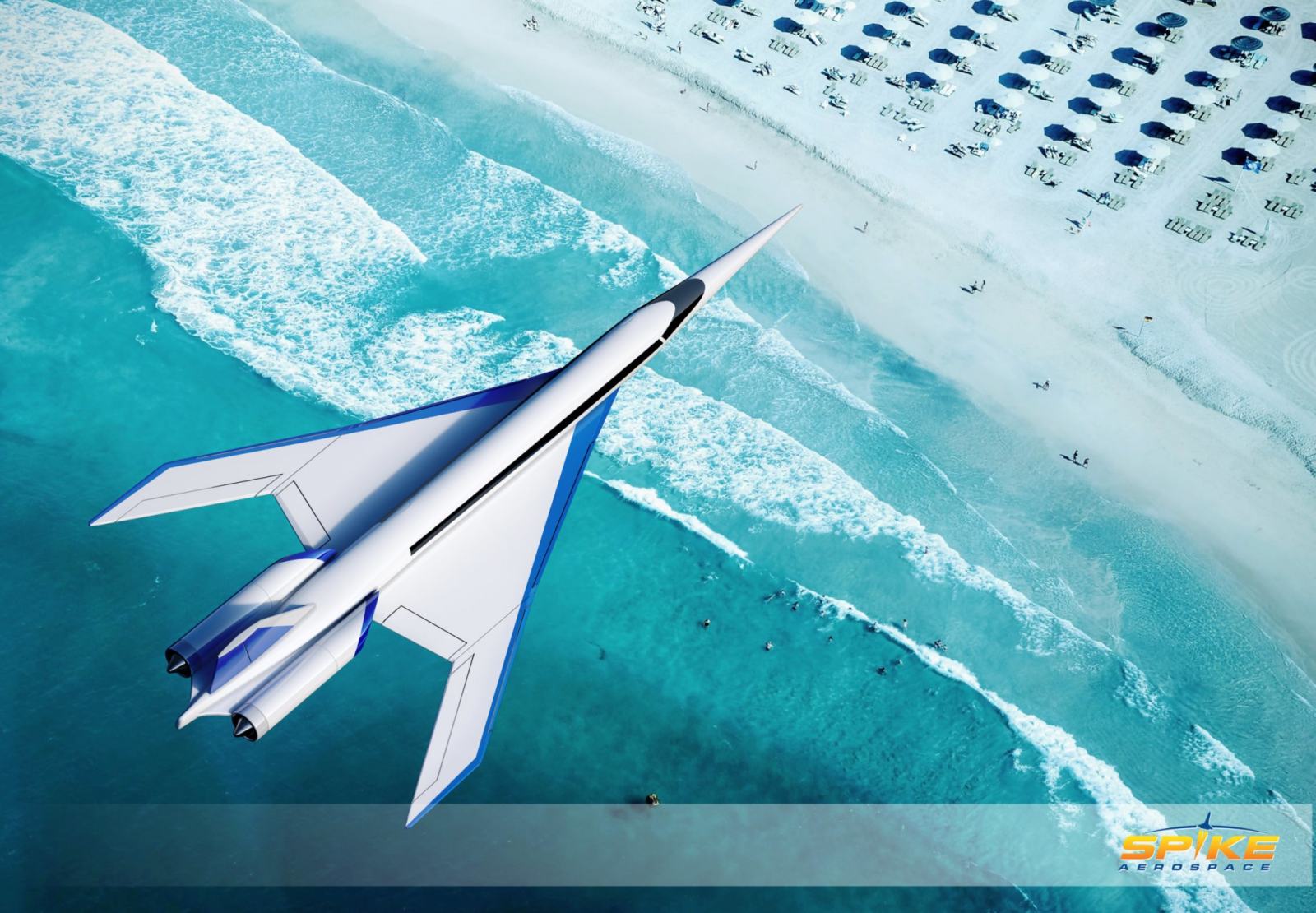
He is not alone in this aim. Just as space travel looks set to be revolutionised by private companies, there’s now a clutch of dynamic start-ups with the same intention for air travel. Spike Aerospace is also building supersonic, sustainably-powered aircraft, although its intention is, initially at least, to create small and medium business jets.
Scholl has a different vision: he’s planning a 100-seater passenger aircraft. Virgin, Japan Airlines and United Airlines (which just ordered 15 Overture jets, with the option to add another 35) share the vision. Boom and Spike expect to have aircraft flying by 2025-2026. Virgin Galactic is reportedly working on a commercial passenger jet that will transport up to 19 people at Mach 3, which is 2,300 miles per hour. Japan's Aerospace Exploration Agency is exploring a hypersonic jet with 100 seats, to fly at Mach 5, while United Aircraft Corporation of Russia is looking at developing a supersonic jet.
Historically, because they fly faster and higher, supersonic aircraft have been especially bad polluters. So, the Overture, of which Scholl hopes to build a fleet of between 1-2,000, will be the first privately developed aircraft powered using 100 percent bio-fuels.
“It’s incumbent on us to make sure everything is in place,” Scholl explains. “People tend to think of Concorde as the epitome of unsustainability but half a century on we can do things now they couldn’t do then. We can make supersonic passenger flight more sustainable than the passenger aircraft flying today. We’ve had the opportunity to build a new aircraft from the ground up. And the fact is that people want it, the market wants it, airlines want it.”
“The barriers to travel are hassle, time and money and I want as many people as possible to benefit from supersonic travel, which is why we envisage ticket prices starting out as akin to business-class prices now; a quarter of the cost of flying on Concorde,” explains Scholl. “People want flights to be cheaper, but they also want them faster. Right now, we’re at the intersection of what’s desirable but also what’s feasible.”
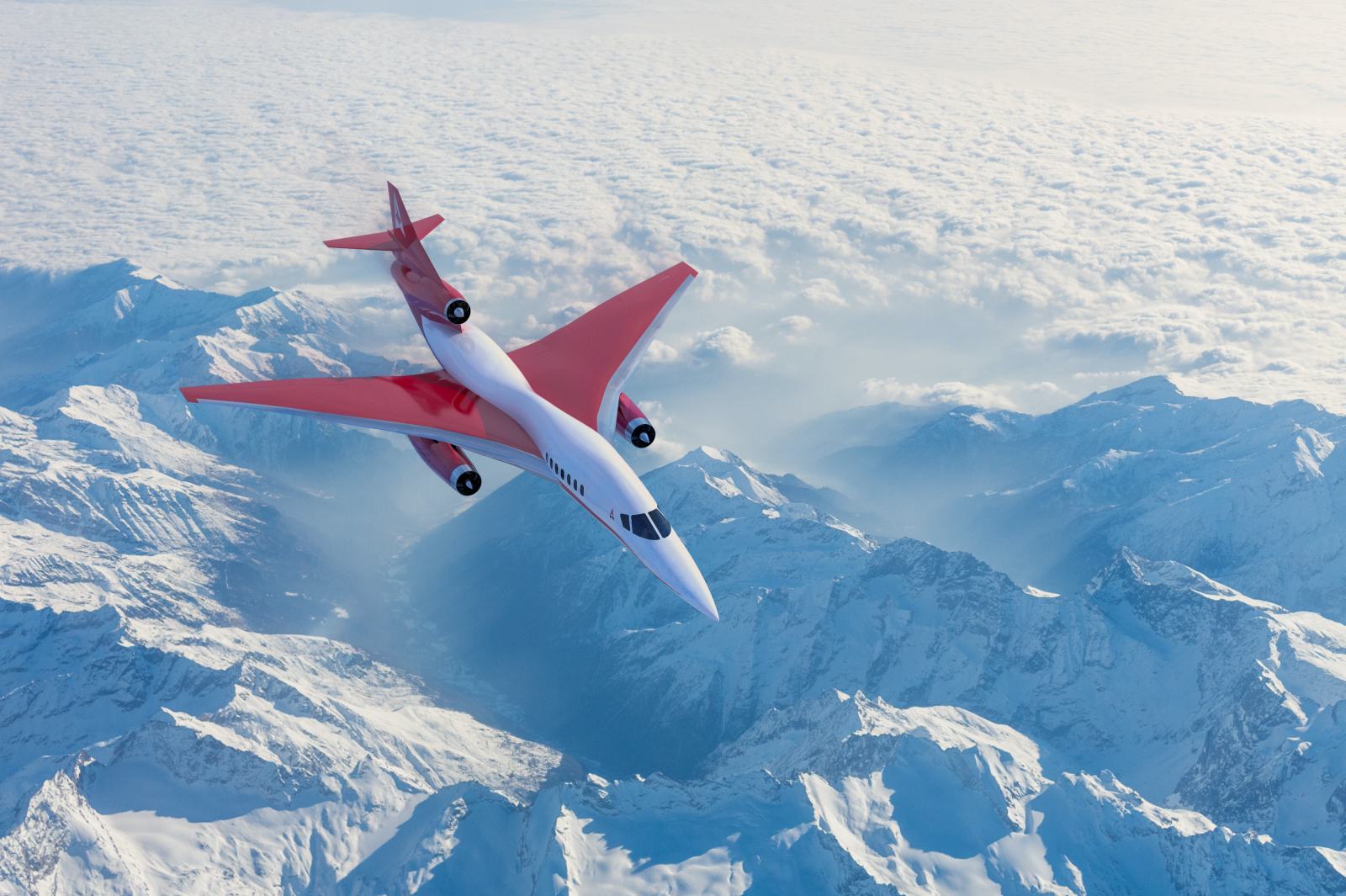
Sceptics might well point out that the return of supersonic flight has been presaged before and yet, as Scholl says, here we are still lumbering on at some 500mph, a capability air travel has offered for the last 70 years without improvement; Concorde and its short-lived Soviet rival, the Tupolev Tu-144, excepted.
“Understandably, when people think of supersonic flight they still think of Concorde,” says Scholl, whose first test aircraft is now being built and will undergo manned test flights over 2021. “But supersonic aircraft now would be so different. The last decade alone has seen aerodynamics, materials and propulsion revolutionised.”
Aircraft designs can now be tested using computer simulation rather than expensive wind tunnels; carbon-fibre materials are lighter and stronger than aluminium, and can be contoured into complex, more efficient forms; supersonic-capable engines, which once required loud and dirty after-burners, can now be adapted from existing, modern turbo-fan engines. Put it together and it potentially makes for an aircraft that, for example, halves a transatlantic flight time, or greatly increases the scope of a realistic day-return journey.
President Biden, in his infrastructure plan speech this year, mused about the renaissance of supersonic flights, and “traversing the world in about an hour.”
This isn’t to say there aren’t hurdles, and earlier this year Aerion cancelled plans to build a high speed supersonic business jet citing financing issues. Aerion CEO Tom Vice had said at a conference in 2020 that it would cost the company about US$4 billion to develop the first AS2 jet, with US$1 billion to develop an engine. “In the current financial environment, it has proven hugely challenging to close on the scheduled and necessary large new capital requirements” the company said in a statement in May.
For the others, aside from the testing, there is the regulatory approval process to get past. One problem that Concorde faced was the sonic boom: the loud bang generated by a build-up of pressure waves at the nose of an aircraft as it goes through the sound barrier. Regulations, now undergoing reassessment, meant its routes were limited to transoceanic flights. Although NASA is now experimenting with technology that may reduce the boom to more of an acceptable thump (Spike too is working on similar tech), the Overture will, like Concorde, be restricted to supersonic flight over water, flying subsonic over land. Scholl says that this will still be considerably faster than any passenger aircraft now flying.
Getting that notion across to the wider public, whose perception of supersonic travel has been so deeply shaped by Concorde, may remain an additional challenge. Scholl is certainly image-aware. There was a rumour that Boom intended to include its name in its aircraft livery, until it was pointed out that it perhaps sent the wrong message.
“That’s not entirely true,” he laughs. “We chose the name more out of the idea of ‘boom and you’re there’, to suggest speed. It’s fun. But then ‘Overture’ suggests a new era in flight. We’re seeing this as the first of many supersonic aircraft and, hopefully, the start of an iconic consumer brand.
“When I was at Amazon, I wondered why there seemed to be no credible effort to build a supersonic passenger aircraft. I had this bucket-list idea that at some point I wanted to fly supersonic, eventually I decided I couldn’t wait and I’d have to build one myself,” Scholl adds. “It’s been technically very difficult and a long journey over what will probably be 15 years from our start to carrying our first passenger. But I had a dream of when I could walk around and touch the aircraft. Now I can go into the hanger and see it almost done. And I think it’s beautiful.”

